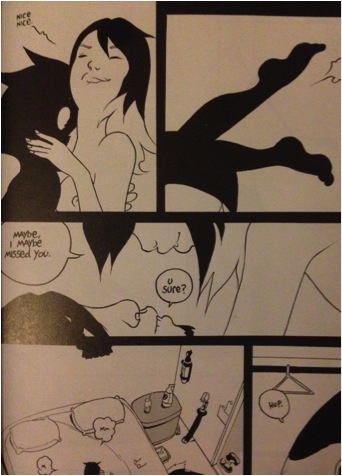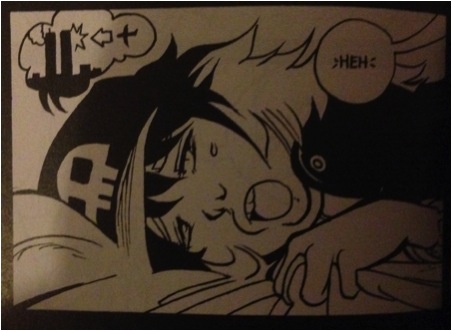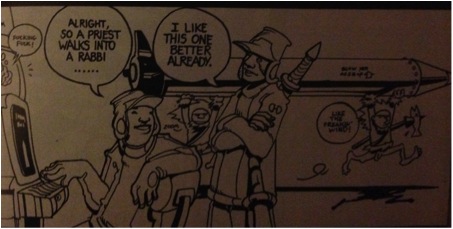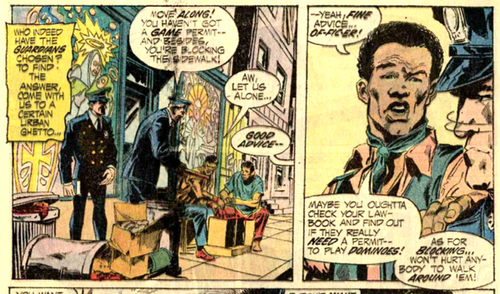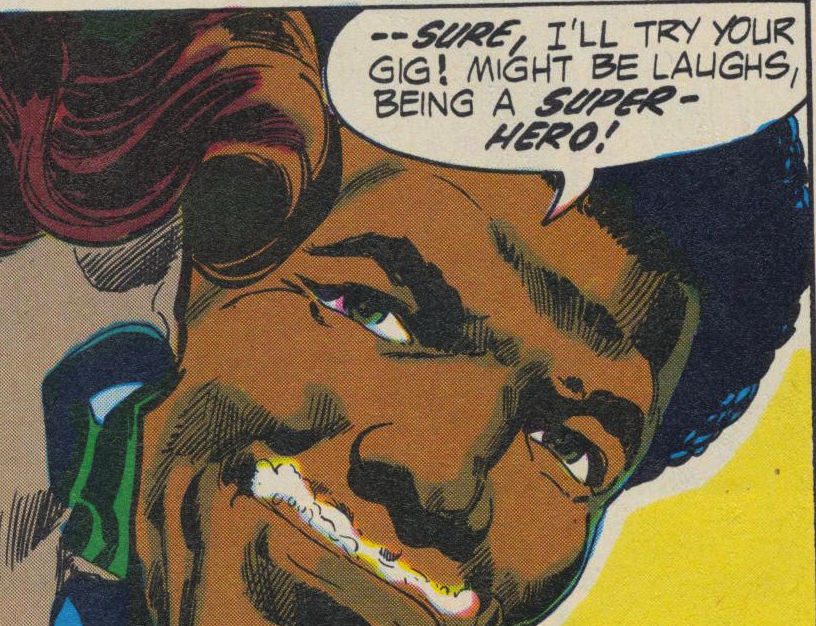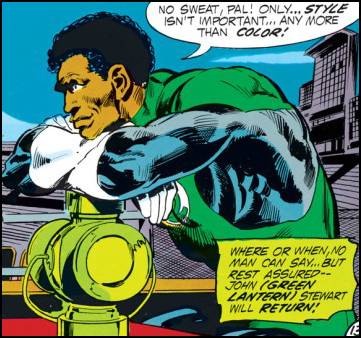Freelance has been somewhat kicking my butt this week, so I thought I’d reprint this piece, first published on Splice Today.
____________
The worst thing about freelancing is the constant rejection. No matter how battle-scarred and hard-hearted you are, it still sucks to have people constantly showing up in your inbox to tell you that your ideas aren’t good enough and also that they are not going to pay you. Like other writers, I would like to learn some secret formula — any secret formula — that would allow me to get to the point where only 40% of my pitches are rejected, rather than half of them or more. And so New York Times culture editor Adam Sternbergh has kindly attempted to help, by posting a series of tweets (some storified here, laters added here which explain just what editors are looking for in a pitch, and how you can make sure you don’t get pushed to the bottom of the electronic slush pile.
There’s only one problem. Sternbergh’s advice isn’t very good. In fact, based on my own experience as a freelancer who pitches constantly to outlets large, small, and in between, much of Sternbergh’s advice is largely useless, and in places its actively misleading.
Now, “largely useless” here does not mean “entirely useless.” In fact, if your goal is to pitch specifically to the New York Times culture section, Sternbergh has a bunch of detail that I’m sure would be valuable. Sternbergh says that he wants short pitches. He says he wants stories with characters and conflict, not ideas. He says that he doesn’t want to talk on the phone. Those are good, practical details about what Sternbergh wants, and if I ever get up the gumption to pitch him at the NYT, I’ll definitely keep them in mind.
But the conversation around Sternberghs’ suggestions (at the storify link for example) seems to be couched at least in part in general terms — not as a style guide for what the NYT in particular wants, but as advice for what editors more broadly want. And the problem here is that different editors want really different things. Most editors don’t want to talk to you on the phone, it’s true…but I’ve had some who did. Some editors may want short pitches, but others seem to like more detail. Some editors are looking for ideas, not stories — and in a lot of cases, ideas and stories are both really secondary to having a good news hook.
In fact, one of the most important things about freelancing is that there isn’t a formula. That’s the nature of the job. You’re working for a bunch of different clients, and pitching to a bunch of different outlets, and none of them will have the exact same procedures or expectations. This is a good thing to some degree, because it means that if your pitch gets rejected one place, it might be accepted somewhere else with different priorities. But it’s a frustrating thing too, because it means that you can’t get into a groove (or even a friendly rut) the way you can when you work for a single employer.
Sternbergh addresses this in a tweet from earlier this week, where he writes (https://twitter.com/sternbergh/status/474275132824096768) : “If you’re not sure if your idea is right for that magazine you shouldn’t be pitching that magazine. Not until you’re sure.” Again, there’s some truth to that; you should be at least somewhat familiar with the venues you write for. Pitch the story about the local Chicago arts show to the Chicago Reader, not to the Atlantic. Pitch the story about Chris Ware to the Comics Journal, not the Dissolve. That may seem somewhat obvious, but I know, for example, that the Comics Journal would sometimes get pitches about stand-up comedy — so if you do just a little research, you’re going to be ahead of at least some folks.
But Sternbergh’s broader point here seems like it’s designed not to help freelancers, but to make them despair. Sternbergh says that you should be “sure” your idea is right for a magazine before you pitch— but, again as someone who pitches all the time, the one thing I’m sure of is that you’re never sure. If I waited till I was sure something would work, I’d never pitch. Even with magazines I’ve worked with frequently, even with outlets I work with weekly, even with editors I talk to all the time, I still don’t know when a pitch will be accepted. I’ve had hope and a prayer pitches taken because they struck an editor’s fancy; I’ve had things I thought were certainties turned down. You can read a magazine, but you can’t read an editor’s mind — and even if you could, that still wouldn’t necessarily help you. I’ve had pieces turned down because the editor didn’t get a chance to look at the pitch until after the news hook went cold. I’ve had pieces turned down because the editor was over budget and just couldn’t afford to run them. I’ve had pieces turned down because they were too good a fit, and the editor already had something similar in the works. I’ve had pieces turned down because the editor I had a relationship with left, and the new editor just wasn’t that interested in my work. And so forth. There are as many reasons for rejection as there are pitches to reject. If you throw a ball into the air, gravity will bring it down. If you throw a pitch into the Internet, more likely than not it will come back to you with a “no”.
The ugly truth is that successful pitching often has less to do with the form of the pitch or how many paragraphs it’s got, and more to do with that somewhat humiliating ritual known as “networking”. But that’s hardly unique to freelancing; if you’re lucky enough to know someone who knows the right person, you can get past a lot of the hoops that are set up expressly to provide overworked employers/editors/whoever with some rubric for weeding people out. When you’re pitching cold without an introduction, there’s not much you can do but try to do due diligence, follow the submission instructions if any, give it your best shot, and cross your fingers. Nobody can tell you how to do more than that, because there’s nothing more than that to be done. And yes, that can be a little disheartening. But, on the other hand, at least you’ll know that getting rejected doesn’t mean you’re doing it wrong. It just means you’re a freelancer. Welcome to the club.

